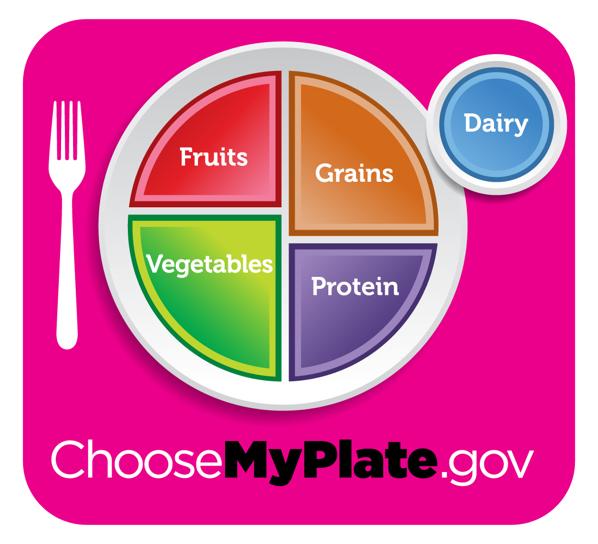We all recall the nutritional pyramid once scribbled onto blackboards and plastered on our groceries nationwide. Its iconic image was all too often compared to a slice of greasy pizza or steaming hot apple pie as we all quietly questioned the structure of the pyramid’s bottom-heavy structure.
As obesity rates spiked after the pyramid’s inception, our quiet questions began to gain volume and weight—no pun intended. So why did the pyramid collapse, and have we found a better solution?
The Government’s Giza
The USDA first cooked up food guidelines in the ‘40s as President Franklin D. Roosevelt urged Americans to modify their diets in order to ration supplies in the wake of World War II. The Basic Four was the first guideline to garner attention, sporting four prominent food groups: milk, meats, fruits, and vegetables. It wasn’t until 30 years later that the USDA advised careful moderation of a fifth category built up of fats, sweets, and alcoholic beverages.
The government released more stringent and study-based nutritional guidelines in the ‘80s, but in 1992 they first proudly published their Giza: the Food Guide Pyramid. The pyramid was designed to publicly address variety, proportionality, and moderation in a more teachable and visually digestible manner—pun intended.







